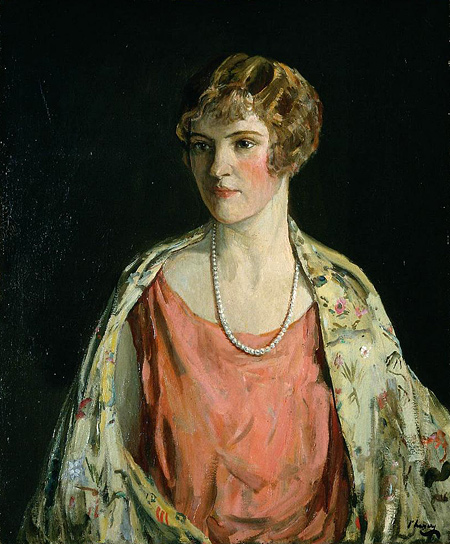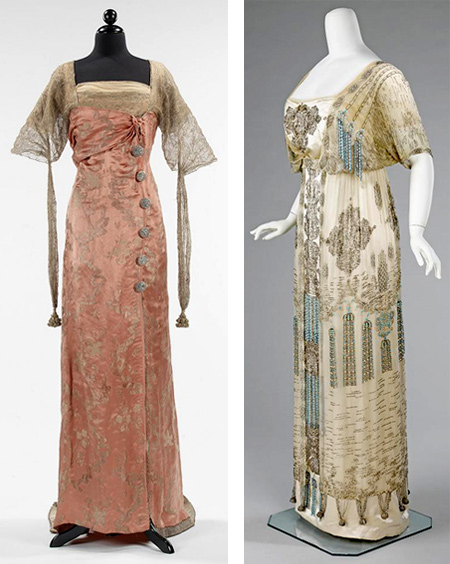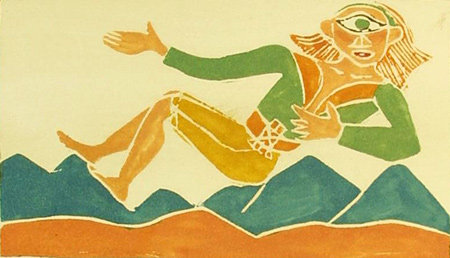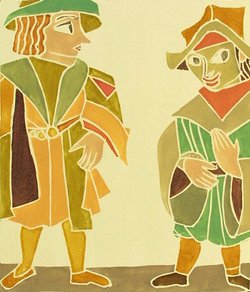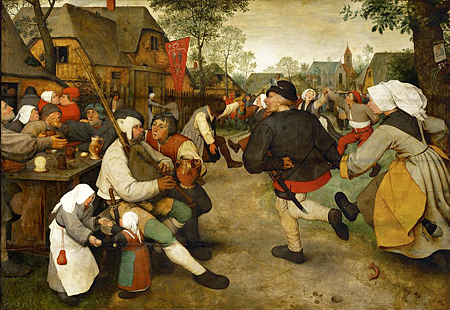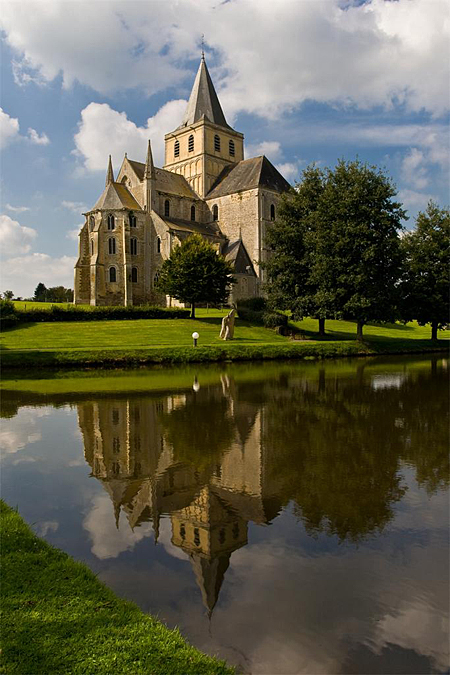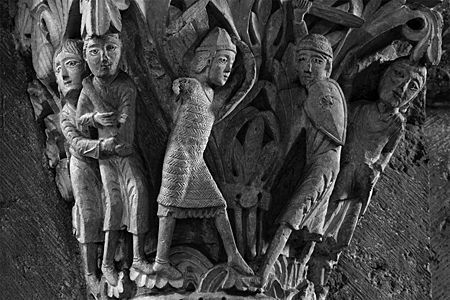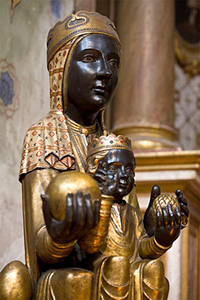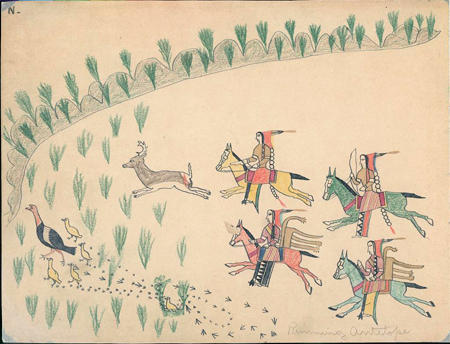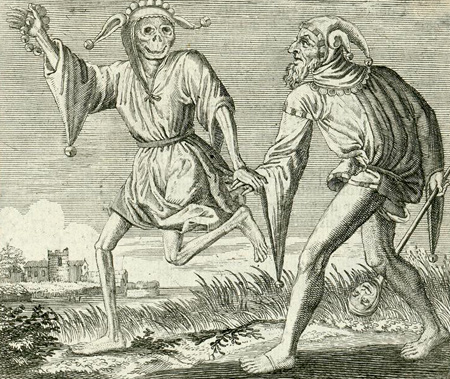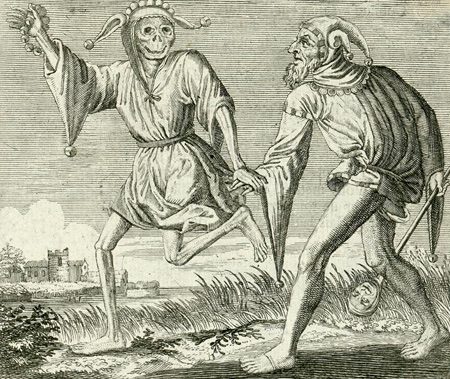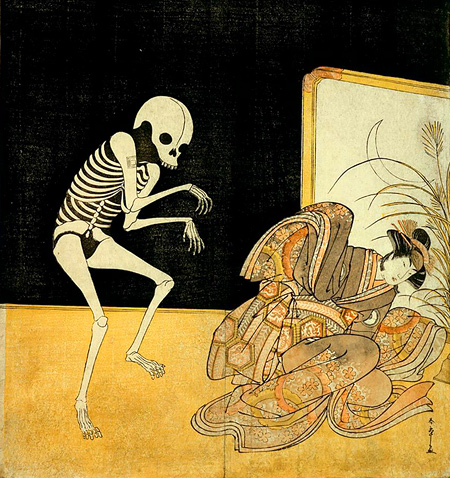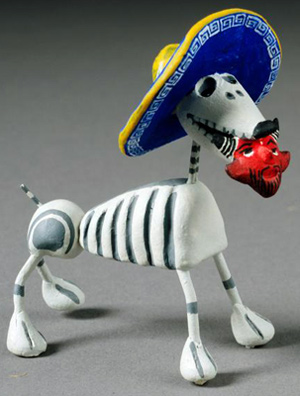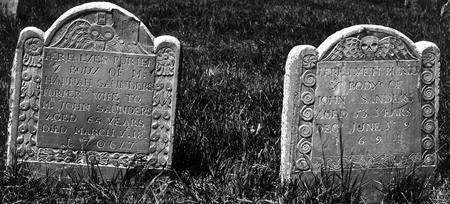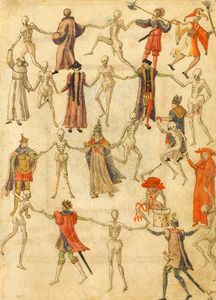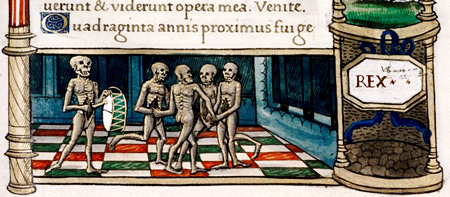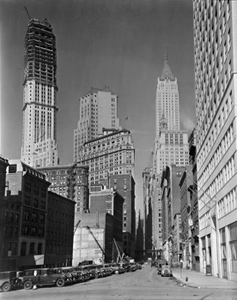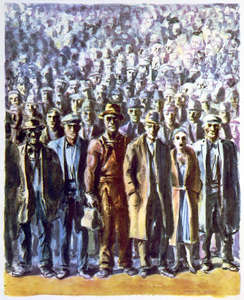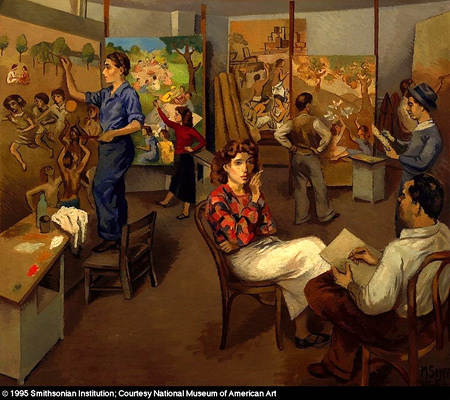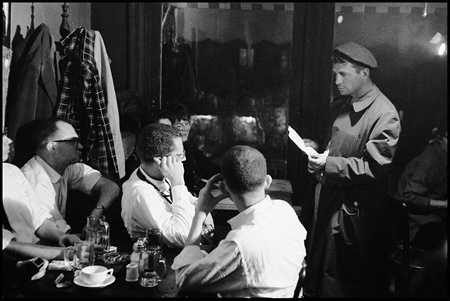
Burt Glinn | Writer Jack Kerouac reads at Seven Arts Café, New York City, 1959 | Image and original data provided by Magnum Photos, magnumphotos.com | ©Burt Glinn / Magnum Photos
While the 1950s are popularly remembered as a decade of “button down” conformity, the postwar era saw the rise of two groups of American writers and artists who broke with tradition and social norms in an exaltation of unfettered personal expression.
The Beat Generation scandalized the country with their licentious lives and confessional writings. Allen Ginsberg’s rousing poem Howl (1956), Jack Kerouac’s semi-fictional novel On the Road (1957), and William S. Burroughs’s acerbic satire Naked Lunch (1959) spurned materialism, reveled in sexuality, and celebrated the use of illegal drugs. The writers were in turn reviled as “beatniks,” conflating the popular conception of bohemia with juvenile delinquency, another perceived social threat of the times.
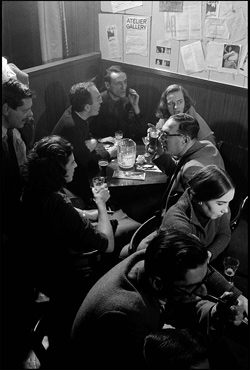
Burt Glinn | A back table at The Five Spot. From left to right: sculptor David Smith, painter Helen Frankenthaler (back to camera), art guru Frank O’Hara, painter Larry Rivers, painter Grace Hartigan, unidentified man, sculptor Anita Huffington, and poet Kenneth Koch, New York City, 1957 | Image and original data provided by Magnum Photos, magnumphotos.com | ©Burt Glinn / Magnum Photos
The Abstract Expressionists, a loose group of modern artists that included Jackson Pollock, Willem de Kooning, Mark Rothko, and Barnett Newman, were breaking boundaries in the visual arts at roughly the same time. While they did not make their equally unconventional personal lives public, their work elicited the same type of shocked reactions from the media and the public as the Beats did, such as Pollock being called “Jack the Dripper” in a famous 1956 article in Time titled “The Wild Ones” (partly in reference to “The Wild One,” a film about motorcycle gangs starring Marlon Brando).








